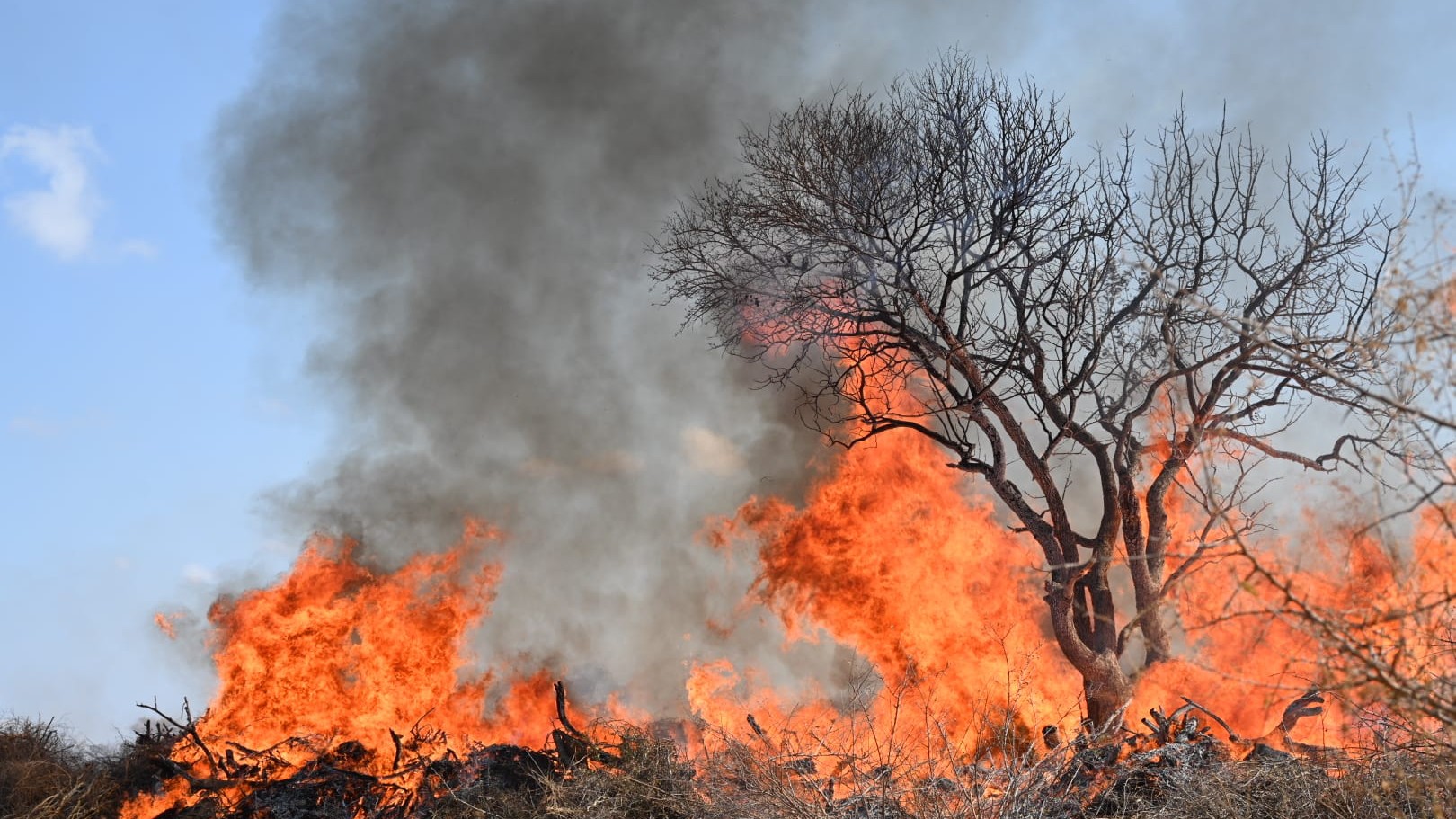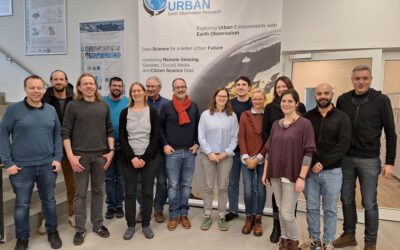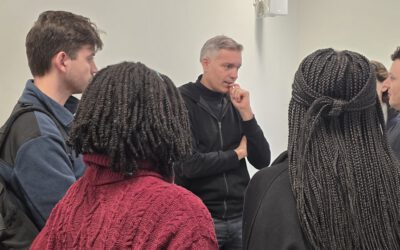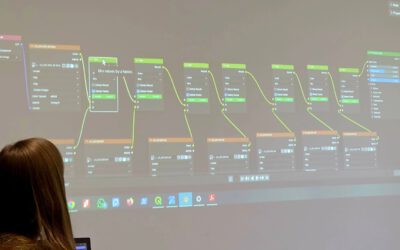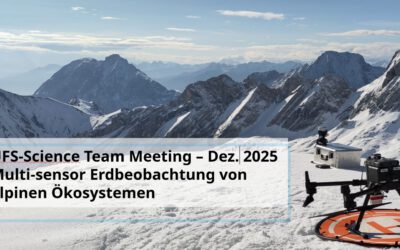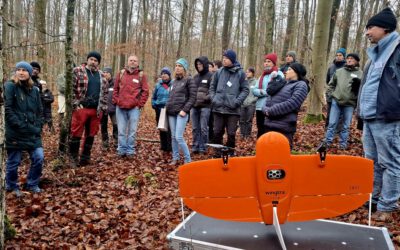In the past weeks, our research team has been preparing for a unique field experiment investigating how drought and fire influence African savanna vegetation. The work is part of the PhD by Luisa Pflumm, she is supported by our PhD student Antonio Castaneda and his MSc student Anna Bischof. The research is under the supervision of Dr. Mirjana Bevanda who gives Luisa a high degree of freedom for her research while keeping the project goals in mind.
The team has been running a series of test flights to refine their approach. By simulating different ignition points, wind speeds, and wind directions, they aim to ensure optimal conditions for acquiring high-quality UAS thermal imagery during the upcoming fire event. This thermal data will provide critical insight into fire behavior under varying environmental conditions.
To complement the thermal observations, LiDAR and multispectral imagery have been collected both before and after the fire. These datasets will allow the researchers to analyze the spatio-temporal changes in vegetation structure and composition — from the immediate effects of burning to the recovery process in the weeks and months that follow.
This integrated approach will help advance our understanding of how drought and fire interact to shape savanna ecosystems, informing better management and conservation strategies in these fire-prone landscapes.

